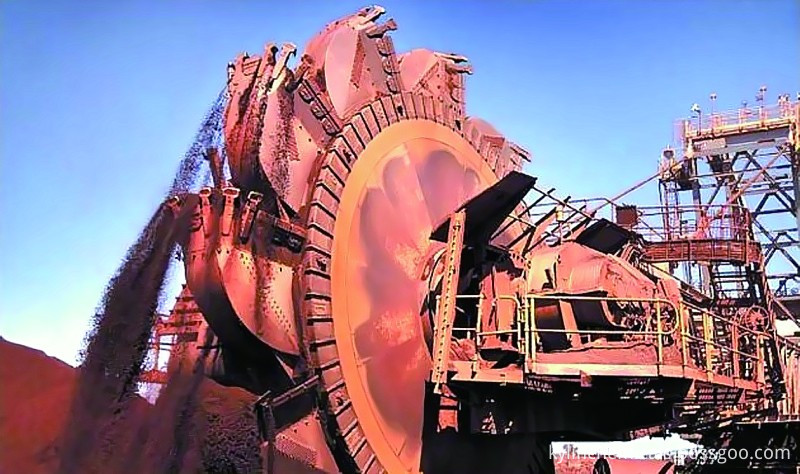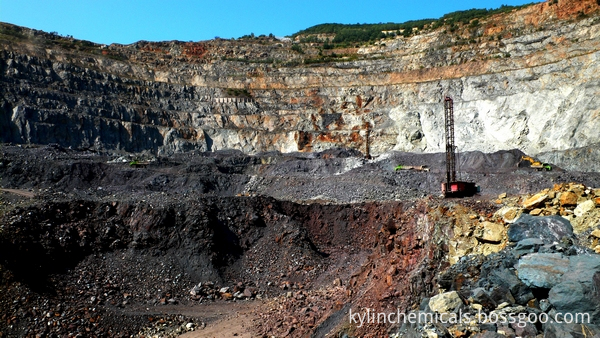Principle of single suction valve
The breathing valve is a safe and energy-saving product that maintains the pressure balance of the tank and reduces the evaporation of the medium. The breathing valve makes full use of the pressure bearing capacity of the tank itself to reduce the medium discharge. The principle is to use the weight of the positive and negative pressure valve disc to control the positive and negative suction pressure of the tank. There are two types of fire-resisting breathing valves: the first one is to make a call or aspiration when a certain pressure is reached; the other is designed to be purely no-suck, which can be understood as a one-way valve with two suitable pressures. Breathing valves are generally used on normal or low pressure storage tanks, that is, only normal pressure and low pressure storage tanks have tank breathing discharge (there is often a steam recovery system on low pressure tanks), high pressure storage tanks have no emissions, no breathing loss and work. loss. The main emissions of fixed top tanks are divided into respiratory losses (small respiratory emissions) and work losses (large respiratory emissions).
The principle of single suction valve The function of single suction valve
The role of a single suction valve
The breathing valve should have both positive and negative pressure relief functions. Specifically, when the container is under positive pressure, the breathing valve opens the exhaled gas to release the positive pressure; when the container is subjected to the negative pressure, the fire-stopping breathing valve opens the inhaled gas to discharge. Negative pressure. This ensures that the pressure is within a certain range and the container is safe. One is to call or suck when a certain pressure is reached. The other is designed to be purely non-sucking. It can be understood as replacing with a two-way valve of appropriate pressure. The single suction valve not only maintains the tank pressure balance, ensures that the tank is damaged during overpressure or vacuum, and reduces the media and losses in the tank.
Single suction valve classification:
The first is to make a call or aspiration when a certain pressure is reached; the other is to design it to be purely no-sucking, which can be understood as replacing it with two check valves of appropriate pressure.
The second type of breathing valve is similar to a one-way check valve. It can only exhale outwards and cannot inhale inward. When the pressure in the system rises, the gas will vent outward through the breathing valve to ensure that the pressure of the system is constant. For storage tanks containing toxic substances, there are no breathing valves, or treatment equipment such as activated carbon filters.
Breathing valves are generally used on normal or low pressure storage tanks, that is, only normal pressure and low pressure storage tanks have tank breathing discharge (there is often a steam recovery system on low pressure tanks), high pressure storage tanks have no emissions, no breathing loss and work. loss.
The main emissions of fixed top tanks are divided into respiratory losses (small respiratory emissions) and work losses (large respiratory emissions). 
Editor in charge: Wang Zhen
Kylin Chemicals manfacturers & supplies high performance flocation flocculants & collectors, serving the various mining industries like coal, phosphorous, copper, lead, nickle, gold, silver, potassium & sand-washing, etc. Our advanced manufacturing facilities and effective quality control systems, ensures every delivery of goods fully meets/exceeds our customers` end using needs. Today, our flocation flocculants & collectors have been widely accepted by various mining industries in Southeast Asia, Middle East and Latin America.


Flotation Flocculants & Collectors
Flotation Flocculants & Collectors,Potassium Amyl Xanthate,90% Potassium Amyl Xanthate,Industrial Potassium Amyl Xanthate
Kylin Chemicals Co., Ltd. , http://www.kylin-chemicals.com